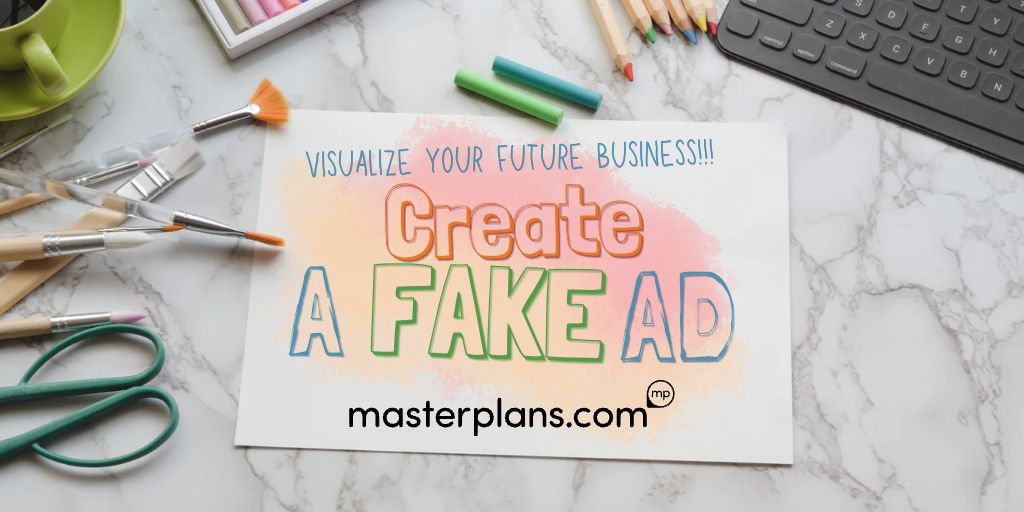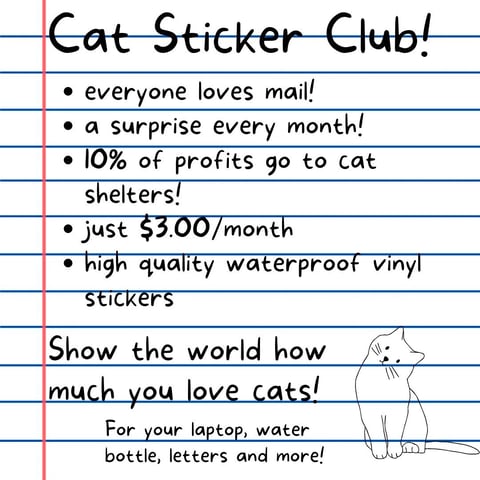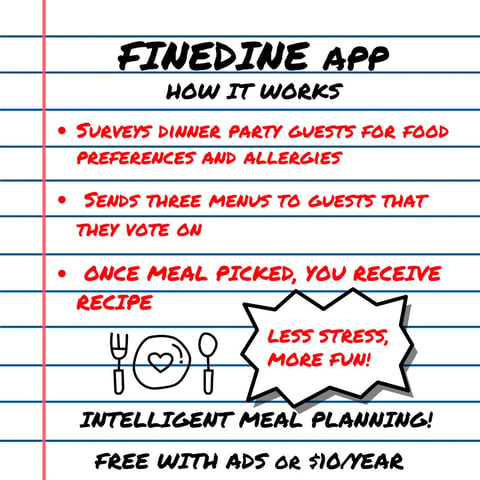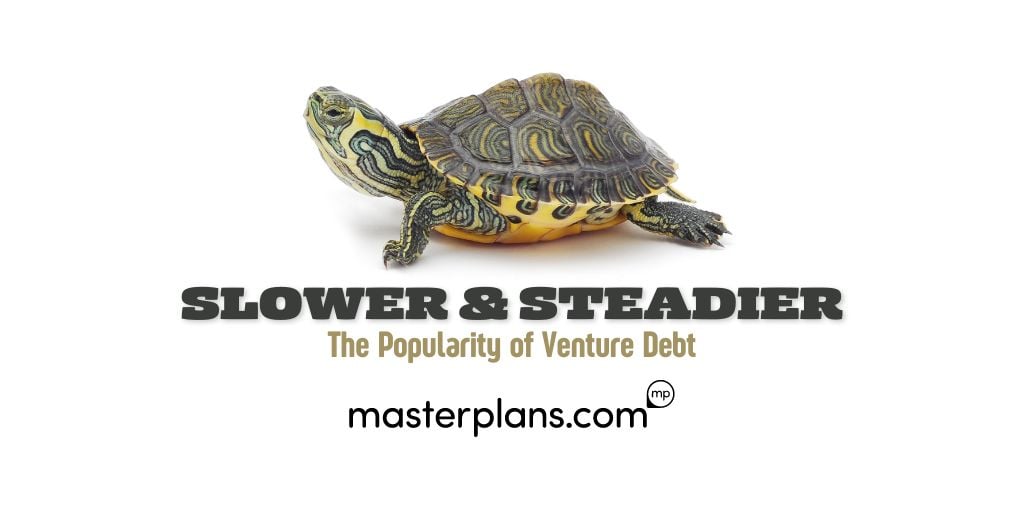How to Write a Management Summary for Your Business Plan
Entrepreneurs are often celebrated for their uncanny ability to understand others – their customers, the market, and the ever-evolving global...
3 min read
![]() Kelly Hinkle
Nov 4, 2022 9:02:42 AM
Kelly Hinkle
Nov 4, 2022 9:02:42 AM

A great business idea sometimes strikes you. Then, it may consume your thoughts when you can’t sleep. Later, it can full-on haunt you.
In Elizabeth Gilbert’s excellent book, Big Magic: Creative Living Beyond Fear, she talks about how these big ideas originate (I won’t spoil it for you) and how certain people may let a good idea die, while others, if the timing is right, will find a way to create what they’ve been obsessing over.
To encourage more business idea exploration, refinement, and follow-through, we’ve developed a fake ad exercise. We believe this practice can help at different stages of the business development journey: when ideas are in their infancy or when they are ready for proper business planning (to secure bank or investor funding).
When you see an ad for your future business on paper, it makes it more real. This is the essence of vision boarding. Being able to visualize what you might want keeps your brain spinning and working through the steps it takes to make it happen.
This exercise can help you develop or hone your product’s or service’s unique selling proposition. What will differentiate your business from competitors or what could endear you to customers? It can help you see the business through the eyes of customers or people who can help fund your business.
When making a fake ad for your business idea, you are forced to concentrate all the greatness of your product or service onto a small canvas. With limited space, what items or images would you highlight to demonstrate what makes it attractive and inspire a customer purchaser to buy it? What would you minimize or ignore?
Making a fake ad can help you measure your desire to launch the business you are considering. Does what you created feel intuitively right? Does it compel you to continue?
Yes! Before starting (and eventually selling) my profitable sticker subscription business, I used this process to visualize my idea. The process made me think about what others could find desirable about it and fueled my momentum to keep going. Here is what my fake ad looked like:

And because I’m a cat owner, want to see my cat?
Putting together this ad helped me see why I would want this product: it's a cheap but fun way to show how much I love cats. I found my unique selling proposition! I also wanted to highlight the most important product feature (in this case, the quality of the stickers) and how it helps the customer (who doesn't want fun mail?). Since my customers were cat lovers by definition, giving a portion of profits to cat shelters was just another way to make them feel good about their purchase.
What Makes an Effective Ad
|
For more inspiration, here is another example of a fake ad:

This one is for a made-up app I wish actually existed. With this product, I focused on how it works, which is a great way to help your customer envision its value. I also highlighted the unique selling proposition, in this case, making a dinner party less stressful.
Let’s get both the right and left sides of your brain working on a fake ad for your idea. Remember, the goal of this exercise is to help you define what’s great about your idea and visualize it as being a real, marketable thing.
Grab a sheet of paper and a pen(cil), markers, or crayons (or be like me and launch your favorite digital design software like Canva), and get started making a great visual pitch!
Keep in mind that this is an exercise intended to get your creative juices flowing and help you look at your business from a fresh perspective. Since it’s a fake ad, you don’t need to stress about file format or technical specifications.
We hope you find this exercise stimulating and we’d love to see what you come up with! Send us what you create at info@masterplans.com and I’ll let you know what I think!
Hopefully you can take what you learn from it and use it to guide your approach when writing your business plan.
I’ll leave you with this quote from our magical thinker, Elizabeth Gilbert:
“Do whatever brings you to life, then. Follow your own fascinations, obsessions, and compulsions. Trust them. Create whatever causes a revolution in your heart.”

Entrepreneurs are often celebrated for their uncanny ability to understand others – their customers, the market, and the ever-evolving global...

Despite growth in sectors like artificial intelligence, venture capital funding has seen better days. After peaking at $347.5 billion in 2021, there...

Most people think of a professional business plan company primarily as a "business plan writer." However, here at Masterplans, we choose to approach...